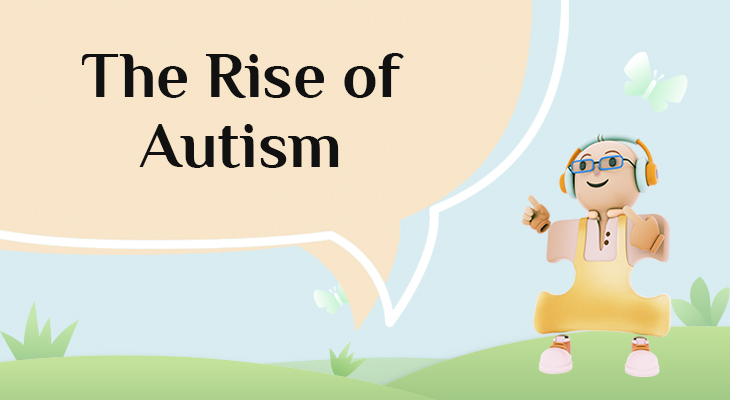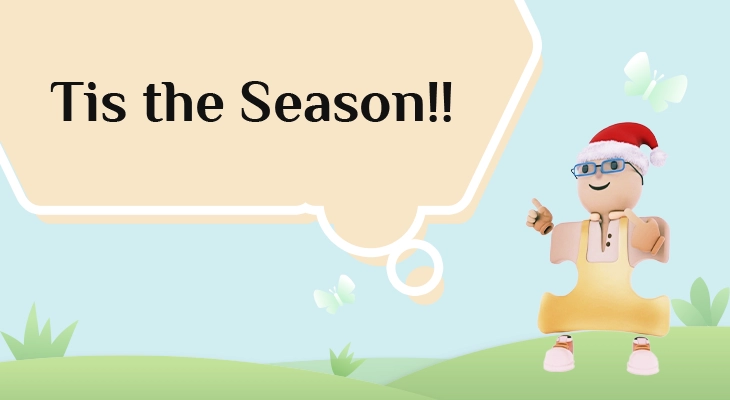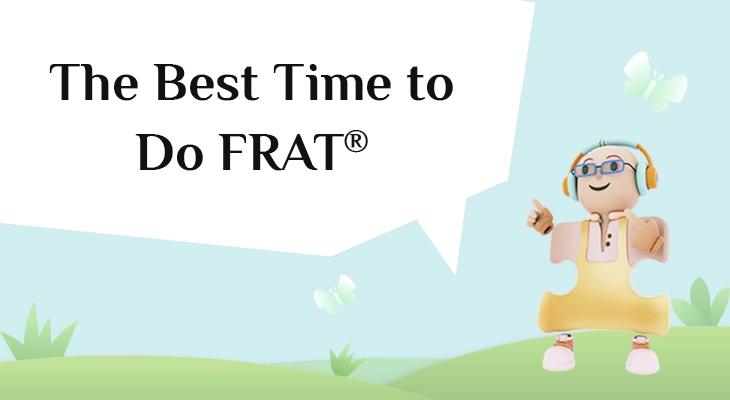
The Autism "Epidemic": Unpacking Its Complex Reality
In April, a press conference sent ripples through the world of public health and autism advocacy. Robert F. Kennedy Jr., the US Secretary of Health and Human Services (HHS), stood before the media and pointed to a startling statistic: the prevalence of autism in the United States had skyrocketed from 1 in 150 eight-year-olds in the year 2000 to 1 in 31 in 2022. He labeled this an “epidemic,” one he attributed to a singular “environmental toxin,” and promised a major new study to hunt down the culprit.
The following month, the National Institutes of Health (NIH), an agency within Kennedy’s own department, announced the Autism Data Science Initiative (ADSI), pledging up to $50 million to fund research into the causes of autism.
On the surface, this sounds like a decisive government response to a growing crisis. New data, significant funding, a committed official—what’s not to applaud? Yet, within the scientific and autistic communities, the announcement was met not with applause, but with caution and some concern. To them, this new initiative seemed to ignore decades of meticulous research, while resurrecting debunked theories and trying to simplify a profoundly complex condition. The story of rising autism rates is not a simple tale of a toxic villain; it is a far more nuanced narrative about changing definitions, increased awareness, and the intricate dance of genetics and environment.
The Diagnosis Dilemma: Are More Children Autistic, or Are We Just Better at Seeing Them?
The central pillar of the “epidemic” argument is the dramatic rise in prevalence rates. But what do these numbers actually measure? The answer is more complicated than it seems.
Most of these headline-grabbing figures come from what researchers call administrative or registry prevalence. This method relies on analyzing existing records—from schools, healthcare providers, and state databases—to count how many people have received an autism diagnosis. It’s an efficient way to track trends, but it’s a blunt instrument.
An administrative prevalence tracks diagnosis rates, not necessarily the true underlying presence of autism. And the criteria for that diagnosis have transformed dramatically.
The diagnostic manual used by clinicians (the DSM) has undergone significant revisions over the past three decades. What was once a narrow definition focused on a specific set of behaviors has broadened into a spectrum (Autism Spectrum Disorder, or ASD) that encompasses a much wider range of presentations. Furthermore, a concerted decades-long effort to raise awareness has meant that parents, teachers, and pediatricians are now far more likely to recognize the signs of autism, especially in individuals without co-occurring intellectual disabilities.
A powerful piece of evidence supporting this “increased detection” theory comes from a long-term Swedish study published this year. It compared registry data with survey data from parents of children born between 1993 and 2001. The study found that while the prevalence of registered diagnoses had climbed steeply, the prevalence of autism symptoms that parents reported when their children turned 18 had remained stable. The children hadn’t changed; the system’s ability to see and label them had.
This doesn’t entirely rule out a small, real increase in prevalence. A 2020 study in Japan used rigorous survey methods and found a prevalence of over 3% in five-year-olds—higher than many previous estimates. It could be that there is, in fact, an increase in autism, but more research is necessary.
The Enduring Search for Causes: A Story of Genes, Environment, and Overwhelming Complexity
The claim that an “environmental toxin” is the primary driver of autism stands in contrast to the scientific consensus. There may certainly be environmental triggers, but this is a distinctly complicated analysis and researchers who have spent their careers in this field describe a vastly more intricate picture. Ascertaining specific causal mechanisms for autism is difficult.
The broadest and most robust conclusion from decades of research is that genetics plays a role. A major 2019 study spanning five countries estimated the heritability of autism at about 80%—on par with the heritability of height.
Unraveling the specific genetics, however, has proven wildly complex. Researchers have identified two main categories of genetic influence:
- Rare, Large-Effect Variants: These are specific genetic mutations, often spontaneous (de novo) ones that occur in a sperm or egg cell, which significantly increase the likelihood of autism. These are thought to account for 10-20% of autistic individuals.
- Common, Small-Effect Variants: This is the “long tail” of autism genetics. Hundreds, perhaps thousands, of common genetic variations each contribute a tiny amount of risk. It’s the cumulative effect of carrying many of these variants that can lead to an autism diagnosis.
Genetic heterogeneity may be a core reason why autism presents so differently in every individual.
So, where does the environment fit in? Together with genetics, environmental factors may also be a contributing factor. The environmental factors that research has tentatively linked to a slightly increased likelihood of autism are almost exclusively encountered during pregnancy. These include:
- Advanced Parental Age: Older age in both mothers and fathers is associated with a higher chance of autism in their children, possibly due to an increased rate of de novo mutations.
- Maternal Health: Conditions like gestational diabetes, the presence of autoantibodies, obesity, as well as certain prenatal infections, have been linked in some studies.
- Exposure to Air Pollution: A June study of over 8,000 children linked prenatal exposure to higher ozone levels with autism.
However, the evidence for all these factors is far from definitive.
A Shift in Research: From Causes to Support
Faced with enormous complexity, many researchers are pivoting to a more pragmatic and person-centered approach. Instead of a quixotic quest for a single “cause,” they are focusing on understanding specific traits common in autism—such as sensory sensitivities, anxiety, communication differences, language development—to develop better supports.
This is a key focus of major international consortia like AIMS-2-TRIALS. For instance, researchers at King’s College London are investigating whether altered levels of brain chemicals like glutamate might underlie sensory-processing differences. The goal is to move to more “personalized approaches” that focus on each person’s experiences and how to improve their quality of life.
The ADSI Controversy: A Solution or a Setback?
In this context, the NIH’s new Autism Data Science Initiative is viewed with some skepticism. On paper, its goals are not out of sync with mainstream science. It aims to use big data to investigate causes and intervention effectiveness. A key goal is to integrate data on genetics and environmental exposures, which aligns with the research community’s desire to understand how these factors interact.
But science does not happen in a vacuum. The initiative is inextricably linked to Robert F. Kennedy Jr., who is often times viewed as a political appointee with a long history of vaccine skepticism.
In response, more than 250 US researchers formed the Coalition of Autism Scientists to express concerns about Kennedy’s statements and advocate for more rigorous, evidence-based research. There are also fears about the privacy of individuals in the databases to be used and concerns that the initiative was launched with little consultation from the broader autism research community or autistic people themselves.
Perhaps the most significant concern is that the ADSI’s $50 million is a distraction from much larger threats. An analysis by Nature shows that NIH-funded autism research received $62 million less in the first half of 2025 compared to 2024. The rhetoric tossed around is that erosion of financial support will greatly undermine autism research.
What Do Autistic People Actually Want?
Ultimately, the loudest voices in the room are not always the most representative. When Autistica and other UK charities consulted over 1,000 autistic people, their families, and professionals in 2016, they created a top-ten list of research priorities. The list was dominated by questions about how to improve mental health, support communication, enhance education, and meet daily needs. There was no priority focused on finding the cause of autism. In fact, many feel that looking for a cause will detract from helping people with autism.
The narrative of an autism “epidemic” caused by a toxin is simple and can be compelling at times. But it is a narrative that can cause a disservice to the complex reality of autism and the autistic community. The true story is one of scientific progress in understanding human neurodiversity.



